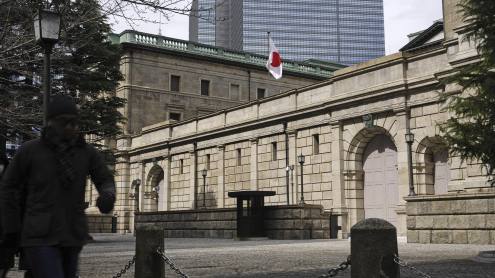Tameer Bank has been able to reach the large unbanked population in Pakistan through the mobile phone, but unlike other mobile schemes – such as Kenya’s M-Pesa – Tameer uses a bank-led model.
Editor's choice
- Banks to watch in 2013, Alior Bank
- Banks to watch in 2013, Banco Davivenda
- Banks to watch in 2013, Banco Único
- Banks to watch in 2013, Bank BTPN
- Banks to watch in 2013, Bank of Inner Mongolia
- Banks to watch in 2013, Bank Nizwa
- Banks to watch in 2013, Capitec
- Banks to watch in 2013, Corpbanca
- Banks to watch in 2013, EFG Hermes
- Banks to watch in 2013, Fidor Bank
- Banks to watch in 2013, Odea Bank
- Banks to watch in 2013, Silicon Valley Bank
If the telecommunications company leads the model, the bank’s role is typically relegated to holding customer funds in trust or providing reconciliation services for the mobile payments. As a microfinance institution, Tameer specialises in providing banking products to the underbanked in Pakistan and uses a commercial – rather than a not-for-profit – business model.
The bank is 51% owned by mobile company Telenor Pakistan, a joint venture that was created in 2008 and has allowed the bank to dramatically increase its reach and launch the Easypaisa branchless banking service.
Nadeem Hussain, president and CEO of Tameer Bank, was the majority shareholder of the bank prior to the tie-up. He explains that the mobile company enabled the bank to have access to the network of mobile agents that have outlets in the smallest of towns and villages. “A small bank cannot get distribution,” he says, adding that the use of the mobile device means “you can open seven days a week and can conduct business for the average man – that is the reason I agreed to the joint venture”.
Because of Tameer’s tie-up with the mobile operator, there was no fixed cost up-front to launch the mobile service. “That had already been done by the telco,” says Mr Hussain. Another major advantage of the joint venture was the marketing campaign that Telenor used to launch Easypaisa. “My brand became a national brand and so deposits have gone up, and awareness has gone up,” says Mr Hussain.
When asked if there are conflicts between the objectives of the bank and the telecommunications company, Mr Hussain says: “It would have been a problem if we were unprofitable or we were looking for liquidity.” Because the bank has its own funding sources independent of Telenor, there is less scope for conflict as the bank is not looking for funding from the telco for it to remain commercially sustainable.
Mr Hussain says: “Both parties know what value they bring to the table – conflicts are few and far between,” likening the joint venture to a marriage.











